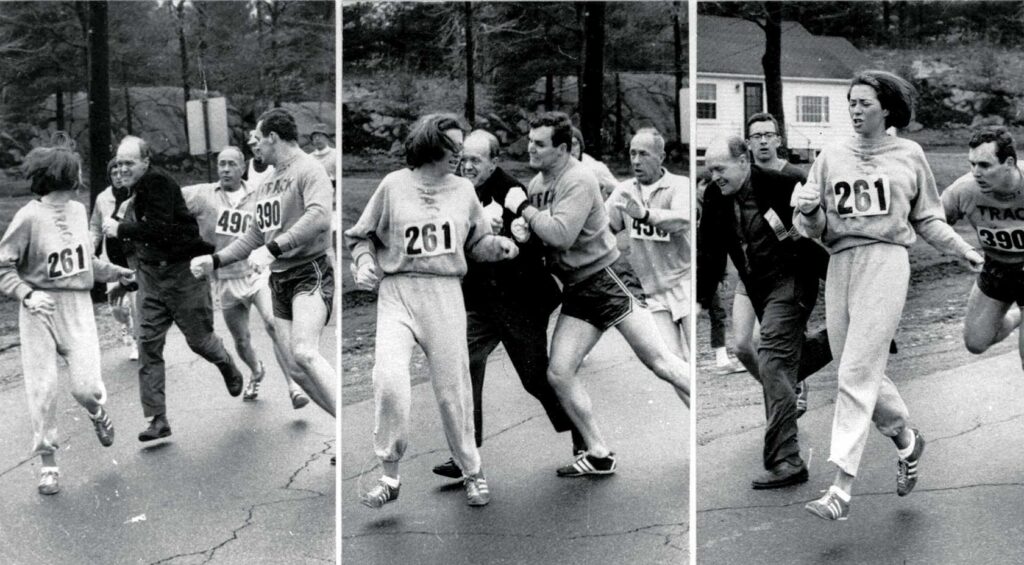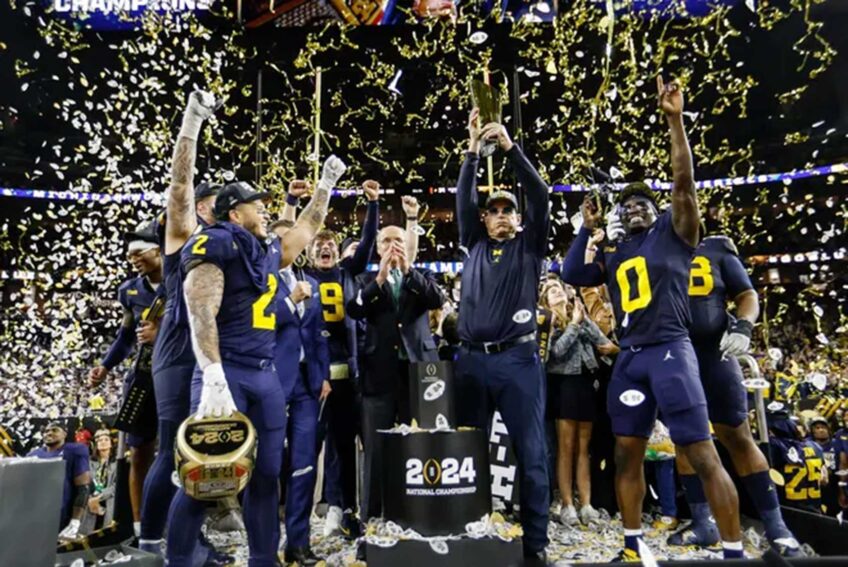
Banner Sports Sponsored by the Patriots Foundation

The year was 1972, which is too far back in history for most of today’s young female athletes to comprehend. They would likely have to ask their mothers and grandmothers about the significance of Title IX.
For the record, Title IX of the Education Amendments of 1972, enacted by the U.S. Congress, is a landmark federal civil rights law prohibiting sex-based discrimination in any educational program or activity receiving federal funding.
Title IX ensures that no person in the United States is excluded from participation, denied the benefits of, or subjected to discrimination based on sex in any education program or activity receiving federal financial assistance. This civil rights legislation applies to all educational institutions, including schools, colleges, universities and other educational programs that receive federal funding.
Title IX hit the sports landscape like a giant bomb. College administrators’ reactions — many claiming that there was insufficient money to fund men’s and women’s sports programs —were also echoed in the high school and lower-level sports programs. History has shown that the early opposition to Title IX was entirely off base.
It has enormously impacted high school, college and university sports. Without it, women’s sports would not exist as we know them today.
Even with Title IX legislation in place, its implementation has faced significant legal challenges. Over the last 53 years since Title IX became the law of the land, there have been many lawsuits filed for Title IX violations in admissions, counseling and financial assistance, among other areas.
But despite setbacks, Title IX has survived the test of time while opening doors to women’s athletics, which were closed for many years. But the road to true equality with men’s sports has not been realized. Over the past decade, the glaring disparities in travel accommodations and training facilities and the second-class treatment compared to men’s athletics in other areas have let women know that their battle for equality is far from over.
As recent as 2021, during the COVID-19 pandemic, the law wasn’t fully realized, given disparities in facilities and amenities provided to women’s and men’s basketball teams during the NCAA basketball tournament, particularly regarding weight room access and other resources.

Women’s weight room for the 2021 NCAA Basketball Championships. PHOTO: COURTESY OF SYRACUSE UNIVERSITY
A photo of the women’s weight room at the San Antonio, Texas facility says it all. Stanford women’s performance coach Ali Kerstner, the photographer of the facility, said, “While the men’s weight room featured every piece of equipment imaginable, the women’s weight room — if it can even be called that — consisted of merely six pairs of dumbbells and a stack of yoga mats.”
The NCAA apologized and said, “When it is personal, it is as real as it can get. It hurts. And when people passionately care about something — in this case, women’s basketball — it is our responsibility to give them a great championship experience and one they can be proud of.”

Men’s weight room for the 2021 NCAA Basketball Championships. PHOTO: COURTESY OF SYRACUSE UNIVERSITY
After years of wrangling and coming off of a record-setting viewership for last year’s women’s Final Four, the women’s tournament will have a revenue-sharing payout structure. 18.7 million viewers watched the championship game between Iowa and South Carolina, which gave momentum to the revenue-sharing model.
According to Sports Illustrated, “The men’s NCAA basketball tournament has paid out ‘units’ for each spot in the bracket for more than 30 years. Those payments are equivalent to a portion of annual television revenue, with the money going to conferences, which eventually redistribute the cash to schools.”
A total of $15 million will be paid out to the women’s teams. This means about $100,000 per women’s game in the tournament. The pool will increase to $25 million by 2027.
It is a long way from the day that Katherine Switzer made national news when she was snatched out of the 1967 Boston Marathon by race manager Jock Semple. Switzer was officially registered to run in the marathon and finished despite Semple’s efforts. The Amateur Athletic Union took the archaic stance of banning women from running against men until 1972, when Title IX became law.
Switzer’s courage and intestinal fortitude was a victory for women’s sports. Title IX moved the progress needle higher. However, it must be pointed out that with the current political climate in America threatening civil rights and affirmative action, it won’t be long before Title IX comes under fire. When that day arrives, women across America should again march on Washington and make their voices heard. These are thoughts to keep in mind as we enjoy the current NCAA Division 1 Women’s Basketball March Madness competition. Thanks to Title IX, I can only think of how many more young girls can dream of being the next star players in sports.
You cannot underestimate the impact of Title IX on today’s female pro and amateur athletes. Sports are so much better because of it.






